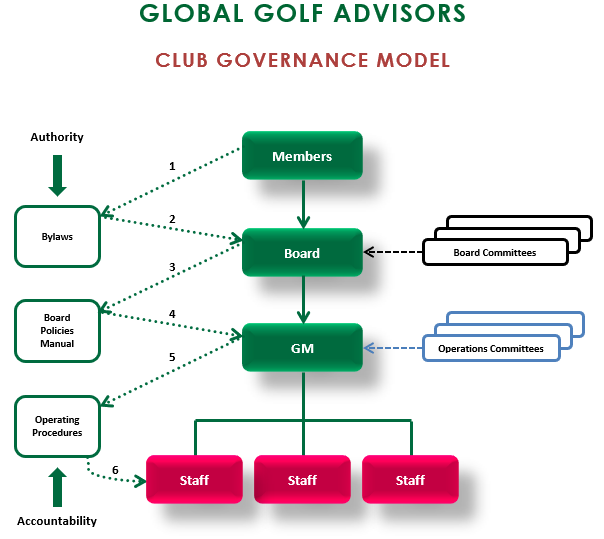There are typically three priorities that command the attention of private club boards: (1) developing and using sound strategy; (2) ensuring the financial security of the club; and (3) governing the club responsibly. However, in these days of over-supplied markets and the ongoing regeneration of many clubs, brand management has become massively important to clubs.
Some board members claim that a private club is “private” and, therefore, not a commercial brand. These outdated beliefs are a sure-fire plan for damaging the long-term brand health of the club.
Private club board members share several fiduciary duties, which include the duties of care and loyalty, such as good faith, confidentiality and disclosure. Directors’ duties also expand to the responsibility to protect the identity—which may include its trademarks, intellectual property and public-facing images.
Brand Planning and Security
What is your club’s brand? And how is it being protected?
A brand is a small piece of real estate “owned” in the mind of the consumer, according to Al and Laura Reis, authors of “The 22 Immutable Laws of Branding,” a marketing classic on branding commercial companies. Some board members claim that a private club is “private” and, therefore, not a commercial brand. These outdated beliefs are a sure-fire plan for damaging the long-term brand health of the club.
Brand health, which means admiration, trust and desirability, is an important duty for private club leaders. Social media proliferation and unending public awareness and scrutiny of private clubs require the club board to pay attention to the club’s brand. Club leaders should routinely execute a brand audit to validate the club’s market impact.
Strategic Planning
The club’s strategic plan is its long-term direction and scope of operations. The plan helps the club stay focused on its priorities, and to fulfill stakeholder expectations.
Board members are responsible to fellow members to ensure that the club has a sound strategy and that the strategy is being faithfully enacted. Directors are duty-bound to know the club’s strategy and ensure that it is preserved and routinely used.
A sound strategic plan extends for a period of three-to-five years and should be fully reviewed annually.
Financial Security
Directors are responsible to protect the financial resources of the club. This means that directors must carefully measure the future financial needs of their clubs; plan for the sources and uses of funds; and ensure the economic sustainability of the club.
Economic sustainability requires that the club generates revenues adequate to pay the costs of the operation and to fund future capital needs of the club.
Board members must fully understand the club’s financial capabilities and limitations. A key tool used to report the financial profile of a private nonprofit, tax-exempt club is a Department of Treasury Form 990, which each director should also understand.
Club Governance
Every club director should strive to provide sound governance to their club. Effective club governance is built on the regular usage of the strategic plan and a board policies manual (BPM).
A BPM documents the methods that will be used in governing the club. It also includes a description of the organization, the authority of the board and the manager, and the relationship of the board with the manager/COO.
The BPM is as fundamental to effective club governance as the strategic, financial and brand plans. It must be developed and used on a regular basis.
Today, governing a private club is a bigger and broader job than at any previous time. Brand knowledge and management have become just as important to the overall health of the club as other fiduciary duties, such as strategic planning and financial security.
GGA’s Henry DeLozier penned this article for the National Club Association’s Club Director Magazine.






